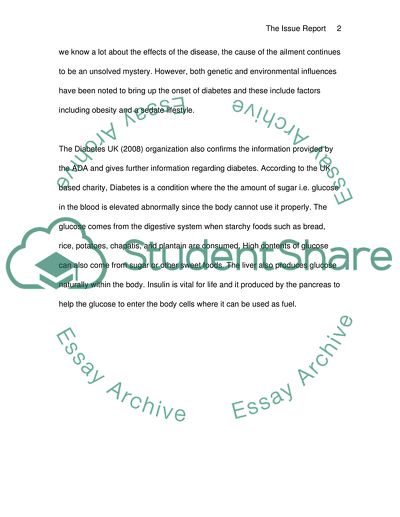Cite this document
(Understanding of Diabetes Disease Coursework Example | Topics and Well Written Essays - 1750 words - 3, n.d.)
Understanding of Diabetes Disease Coursework Example | Topics and Well Written Essays - 1750 words - 3. https://studentshare.org/health-sciences-medicine/1544749-diabetes
Understanding of Diabetes Disease Coursework Example | Topics and Well Written Essays - 1750 words - 3. https://studentshare.org/health-sciences-medicine/1544749-diabetes
(Understanding of Diabetes Disease Coursework Example | Topics and Well Written Essays - 1750 Words - 3)
Understanding of Diabetes Disease Coursework Example | Topics and Well Written Essays - 1750 Words - 3. https://studentshare.org/health-sciences-medicine/1544749-diabetes.
Understanding of Diabetes Disease Coursework Example | Topics and Well Written Essays - 1750 Words - 3. https://studentshare.org/health-sciences-medicine/1544749-diabetes.
“Understanding of Diabetes Disease Coursework Example | Topics and Well Written Essays - 1750 Words - 3”. https://studentshare.org/health-sciences-medicine/1544749-diabetes.


